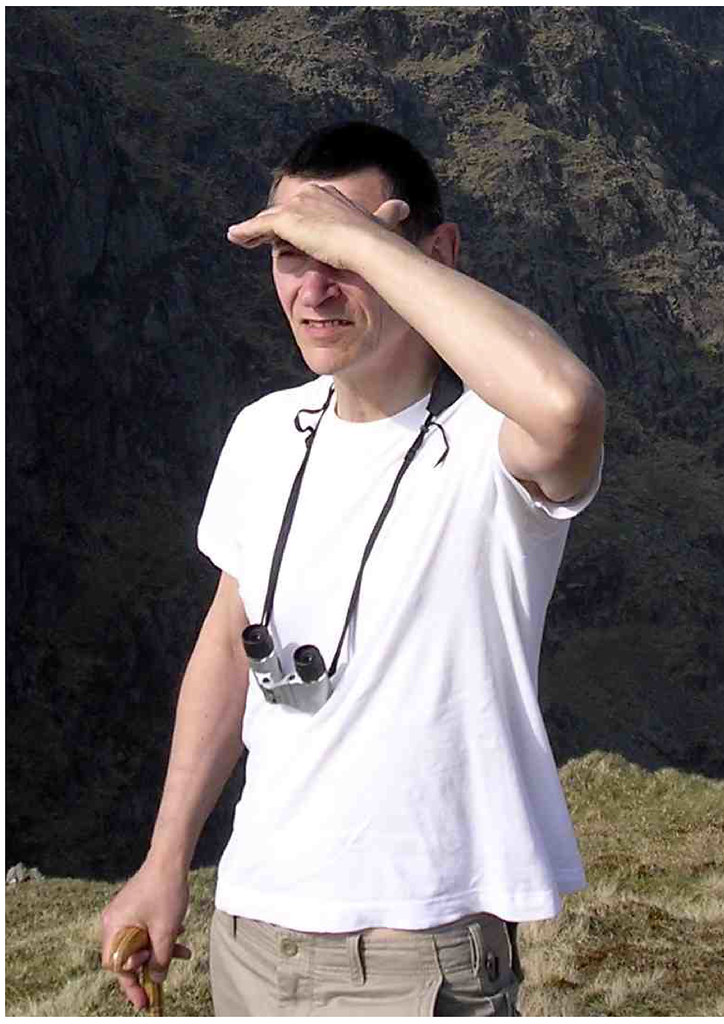By way of student demos, I rolled then etched the 2p bronze coin as shown sometime in the summer of 2010. This coin was one of my stash of pre-1992 coins which were entirely made of copper alloy; after that date, they are made of steel with a copper plated surface, and not so easy or safe in the rolling mill. After etching, I 'enamelled' it with coloured polyester resin. Although there are many adherents of using various acid and peroxide mixes for etching of copper, I find that ferric chloride solution (with or without the addition of citric acid) has fewer problems. In particular, no nasty fumes, and much less deterioration of the resist (which in my case is usually tinted shellac in alcohol).
2011-01-26
More etching
Posted by
Paul Jelley
at
16:34
![]()
![]()
Subscribe to:
Post Comments (Atom)


2 comments:
Hey, i like the pieces you've made. I saw one of your students folded rings and it reminded me of a ring i made, it wasn't fit together as well though. I was wondering if you had any tips for etching a pattern into copper. I was thinking of doing a wood or geometric pattern without having to etch it by hand so that it can be a bit better balanced.
I have to say, i played with coins but what you did looks much better.
I'm not certain I understood your request properly, but if you meant you didn't want to paint the resist onto copper, then you could always use a sponge to dab random patterns on, or use a bought rubber stamp with some kind of geometric design to stamp resist onto the copper. If you've got access to a rolling mill, then you can texture-roll very beautiful random and organic patterns.
Post a Comment